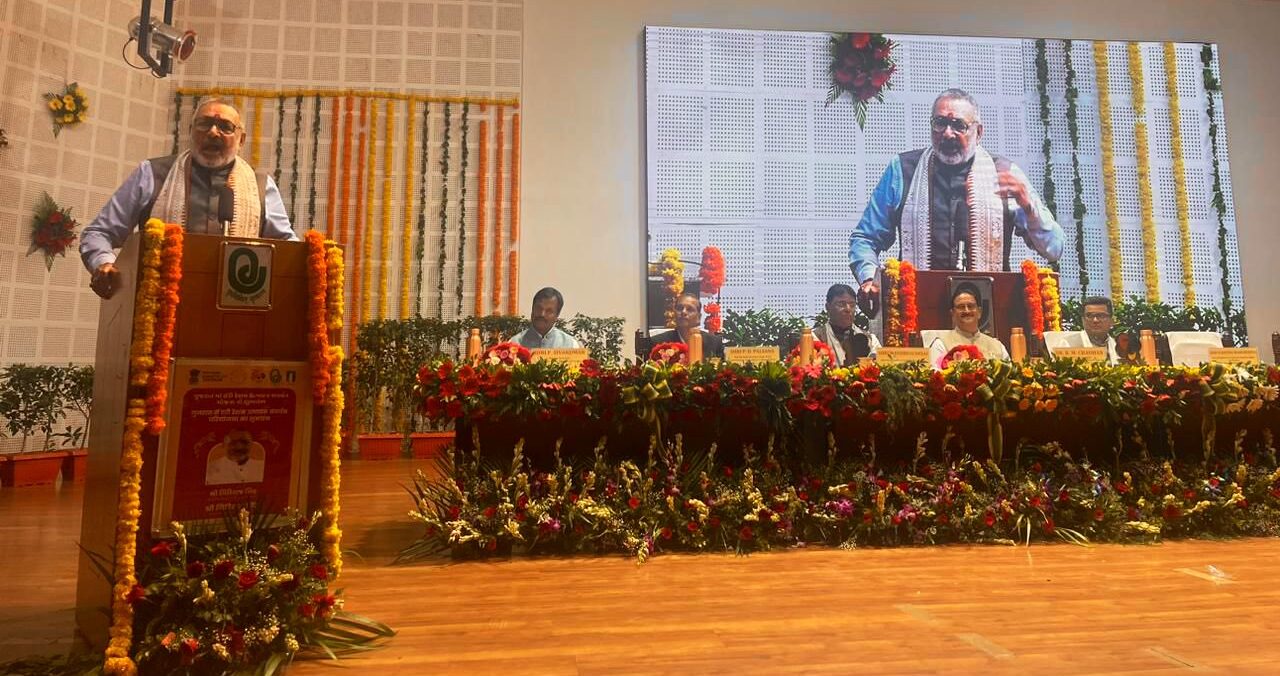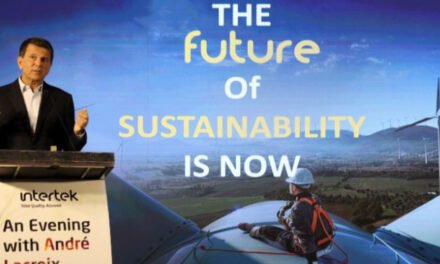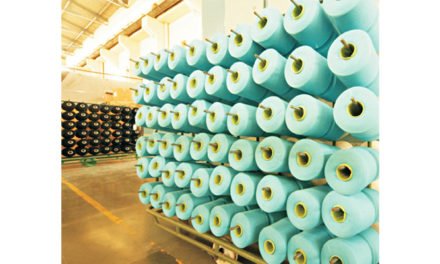
Union Textiles Minister Giriraj Singh recently inaugurated the Eri Silk Production Development Scheme at Dantiwada Agricultural University. The Central Silk Board has launched a pilot project to promote Eri silk production in four districts of Gujarat: Banaskantha, Patan, Mehsana, and Sabarkantha.
The pilot project was inaugurated at Sardar Krishinagar University, Dantiwada, where an MOU was signed by the Central Silk Board, Agricultural University, Dantiwada, and Kalyan Foundation, Palanpur. Progressive farmers were honored by Minister Giriraj Singh.
On this occasion, Union Textiles Minister Giriraj Singh praised the scientists and farmers of the country, calling them the pillars of national progress. He highlighted the hard work of Prime Minister Narendra Modi, stating, “The country’s agriculture budget has increased from 21,000 crores to 1,50,000 crores.” He also mentioned that the country’s export productivity has risen from 19 lakh crore to 76 lakh crore. Farmers now receive 6,000 rupees in assistance every year. Modi’s dream is to double farmers’ incomes, and he is tirelessly working toward this goal.
Further, Union Minister Giriraj Singh noted that castor is widely cultivated in Gujarat and Banaskantha, and suggested that castor farmers could earn an additional income of 1-1.5 lakh per hectare by adopting Eri silk cultivation. With support from the Kalyan Foundation and Agricultural University, Palanpur is expected to become known as Silk City in the future. The goal is to create “Silky India” by boosting silk productivity from the northeastern belt of the country to western and northern India. The Minister encouraged castor farmers to adopt Eri silk farming, using the saying, “Aam Ke Aam, Gutli Ke Bhi Dam.”
Union Minister of State for Textiles Pavitra Margherita addressed the farmers in Gujarati, praising Gujarat’s entrepreneurship and handicrafts. He encouraged even five percent of castor farmers to experiment with Eri silk cultivation and become self-sufficient. He appealed to farmers to strengthen the country’s economic viability by blending tradition with innovation, as exemplified by Eri silk.





















